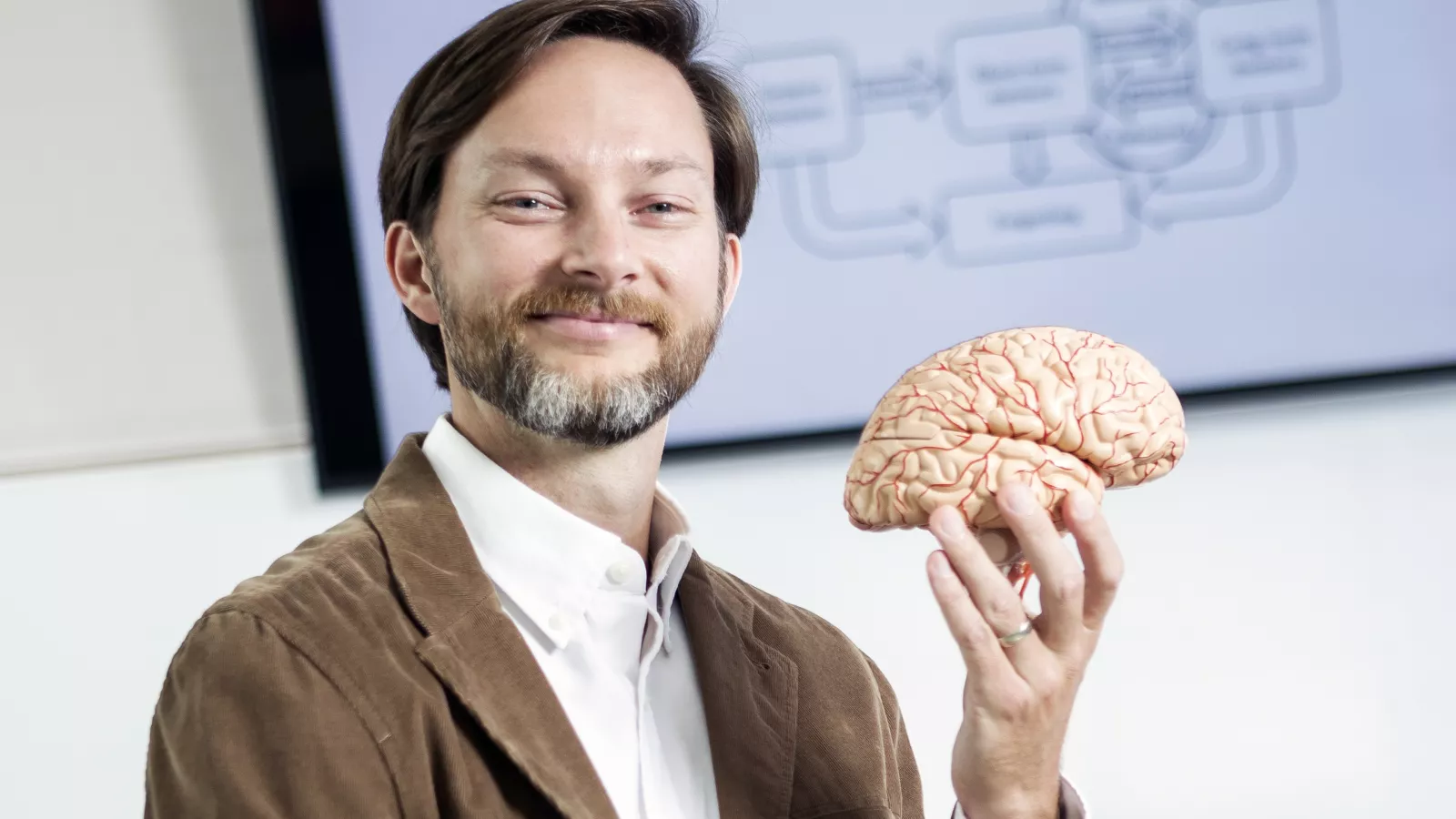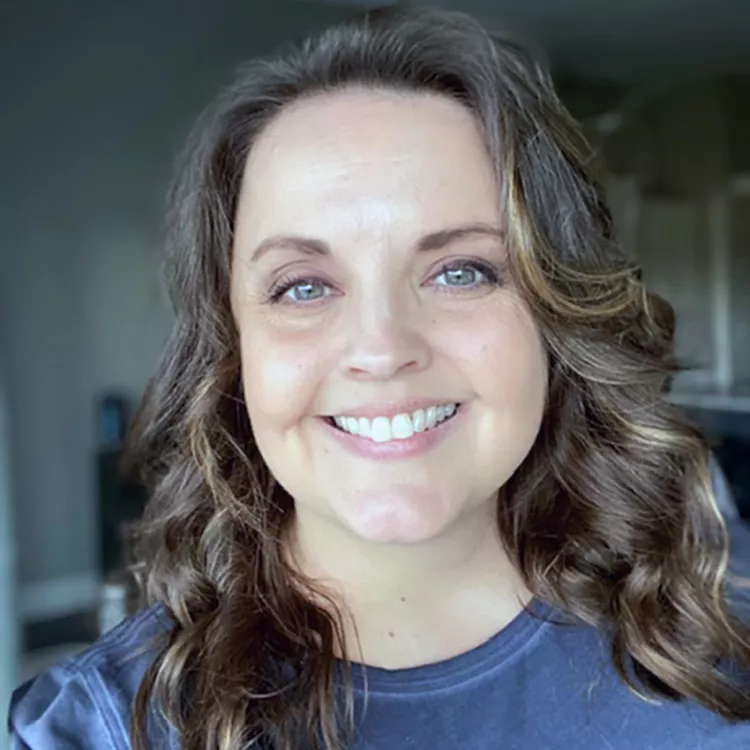Key Takeaways
- It's not enough to push information into students' heads. Educators need to demand that students "retrieve" that information, over and again, to promote learning.
- The teenage brain is not fully formed. In other words, there are real reasons they act the way they do!
- "Learning styles" are a myth. But "dual coding" — that is embedding information in the brain through multiple avenues — is proven effective.
If you were coaching a new basketball team, would you ever have a single 45-minute practice on a Monday and then expect your rookies to win a game the following Friday? They’ll shoot and miss, for sure.
And yet, some teachers teach a new skill or set of facts one week, test it the following week—and expect students to score big.
Those teachers are not psychology teachers. Psychology teachers know how memory works. They know how learning happens. They understand how children and adolescents develop socially, emotionally, and academically. And they use what they know—from their own curriculum—to design effective lessons and classroom practices.
Even better, they’re willing to share their insights with their colleagues across grades and subject areas.
Here are 10 of their tried-and-true teaching strategies.
1. Focus on ‘Retrieval Practice’
Your students are like squirrels, burying acorns of new knowledge in their brains. The most important thing a teacher can do is ask their students to dig out that information, every day, multiple times a day, says Kansas psychology teacher Jen Schlicht. Indeed, studies by cognitive psychologists show that this approach is a far better use of your time than repeatedly pushing information into their brains.
Keep in mind that retrieval practice is a learning tool, not an assessment tool. Although quick quizzes can be used as retrieval practice, these activities shouldn’t be graded.
Suggested activity
Schlicht, who teaches at Olathe South High School, likes to use a “retrieval grid,” which looks like a bingo card. “You put questions of varying difficulty on the grid and assign point values to each question. A question on today’s content might be worth 1 point. Something from last week might be 3. Something harder might be 5,” she explains. “Give them 5 minutes to get as many points as they can.” Or try a brain dump: Ask students to write down everything they know on a topic, then have each student compare notes with a neighbor.
2. Consider Other Strategies
Cognitive psychologists have a million insights into memory and learning. Knowing about these learning patterns may help guide
your lesson planning.
The serial positioning effect: People generally remember the first and last things they hear or read, psychologists have found. With this in mind, Alabama psychology teacher Blake Harvard often starts class by saying, “Hey, this is what we’re going to cover today.” At the end, Harvard, who teaches at James Clemens High School, in Madison City, recaps: “Here are the three most important things we discussed.”
The distributive effect: When students pull all-nighters, attempting to fill their heads with a semester’s worth of content, they’re unlikely to do well on the next day’s test. Cramming also is bad teaching strategy! Research shows that a better approach is “spaced learning,” which means spreading your content over a few days or weeks.
The interleaving effect: Psychologists also urge frequent retrieval practice. This technique can go hand-in-hand with spaced learning. Try “interleaving,” or alternating between new and old content, Schlicht says. Researchers have found that interleaving is much more effective than teaching in big blocks of content.
3. Make Real-Life Connections
When you connect your content to real life and make it more emotional for students, you’re also making it easier to remember. The brain stores information in neural pathways, and it will make more interlocking pathways when the new stuff connects to previous knowledge and experience, Schlicht explains. These extra connections also make it easier to retrieve. “What’s meaningful is memorable,” Schlicht says.
Suggested activity
Don’t be afraid to talk about yourself in the classroom. “I love to talk about my kids,” Harvard says. “When we get to Piaget’s stages of learning, I talk about my 7-year-old son. Not only does that give them a more concrete example, but it also gets them thinking about their own siblings, whatever it is their baby sister did, and it helps them practice where [the stages of learning] appear in real life. It definitely helps with remembering stuff.”
4. Use the Power of Dual Coding
When you combine words and visuals—such as diagrams, maps, or graphic organizers—students have two ways to understand the information, and it also becomes more concrete to them. The cognitive psychologists at learningscientists.org caution that the visuals have to be meaningful and that educators should provide enough time for students to absorb the two representations.
You might be thinking, oh, this is because some students are “visual learners,” right? Surveys have found that 93 percent of teachers believe in learning styles: auditory, kinesthetic, etc. But it’s a myth, says California psychology teacher Chuck Schallhorn, author of the textbook Advanced Placement Psychology. “You want to use multiple modalities? Great. But the idea that you have to speak to Johnny because he’s an auditory learner and show the visual to Sherry because she’s a visual learner? No, no, no.”
Suggested activity
Don’t go over the top with this! It’s math class, not crafting class, reminds Schlicht. Try asking students to create timelines, diagrams, storyboards, and illustrated notes.
5. Learn Something About Child and Teen Development
“Where are the kids in teams of their cognitive development? Their social-emotional development?” asks Schallhorn, who teaches at Mountain House High School. Knowing these answers can be very helpful to educators.
In the teenage brain, for example, the frontal lobe, which controls impulses and provides organizational skills, isn’t fully connected to the limbic system, the emotional seat of the brain.
“As adults, we can say, I’m feeling angry and I’m going to do my best to hide it,” Schallhorn says. “But kids can’t. They don’t have the part of the brain that says stop doing this! …Be aware of their developmental limitations. Be the adult with the fully formed brain.”
6. Discourage Distractions
Taking scheduled breaks is necessary and refreshing. But that Snapchat ping can derail learning for more time than you might imagine. It takes about 25 minutes, on average, to get back on task after a distraction, a 2015 University of California study found.
Suggested activity
Schallhorn tells students to stow their phones and spend 25 minutes focused on schoolwork. Then, they can reward themselves with a 5- to 10-minute break. Consider a similar system in your classrooms: Maybe you focus for 30 minutes and then … dance party!
7. Be Aware of Cognitive Biases
Cognitive biases are ways of thinking that are unconscious and wrong. For example, outcome bias is common among educators. This is when you focus so much on an outcome, say, Advanced Placement test scores, that you overlook the process. Maybe the class learned how to ask questions, solve problems, and study better.
“Do not get caught up with only looking at grades to determine the success of a class,” cautions Harvard in a guest post for the learningscientists.org.
Stereotyping is another cognitive bias. It’s when you ascribe certain qualities to a person or people without any real information about them. Maybe you think a student is “a jock” and assume they’re uninterested in Shakespeare. Or maybe you are—without being aware of it—assuming racial and gender stereotypes around behavior, academic achievement, and more.
A completely bias-free mind is simply impossible, psychologists say. The best you can do is try to recognize them in yourself and your students and counter the possible negative effects.
8. Don't Take Misbehavior Personally
“Behavior is purposeful,” says Schlicht. “If a student is acting out, there’s a reason—and most of the time, unless you’re a jerk, it has nothing to do with you.” Keep in mind the physical limitations of a child’s brain. They are helpless against their knee-jerk reactions.
Suggested activity
Schlicht and Schallhorn both describe few discipline problems in their classrooms. Coincidence or not, they also describe themselves as good listeners, focused on relationships, and unreactive to “drama.”
Schallhorn suggests focusing on processes and procedures. You can say to a student, that’s not how we come into class, that’s not how we do our papers. “The behavior becomes the focus, not the individual,” he says.
9. Protect Your Students’ Cognitive Resources
The theory of cognitive load suggests that cognitive resources, such as attention and working memory, are limited in nature. In other words, there’s only so much to go around.
“When we attempt to learn new things, these resources are spread among different demands. Some go to just figuring out the task,” says Sarah Rose Cavanagh, a psychologist at Assumption University, in Worcester, Mass. Others go toward solving problems and learning, she adds.
As an educator, you want to protect those resources and make sure they don’t get wasted on deciphering a poorly worded question or other causes for confusion.
Suggested activity
Think about the extraneous distractions in your classroom or assignments, Harvard suggests. While flexible classroom seating is trendy these days, your students will be more focused in traditional seating rows. This is good to keep in mind, especially when you introduce new topics. Along the same lines, your Google slides should be clean and simple.
10. Learn More with These Resources
Remember there are no secrets! What psychologists know about learning, memory, and child development is accessible to all teachers. To get started, explore the resources below.
Online: For clues to students’ cognition and ways to use that insight in the classroom, check out learningscientists.org and Blake Harvard’s blog at theeffortfuleducator.com.
Videos: Schallhorn recommends cognitive psychologist Stephen Chew’s videos on study skills, effective mindsets for learning, and more.
Books: Psychology teachers put these five on their must-read lists!
- Make It Stick: The Science of Successful Learning by Peter C. Brown, Henry L. Roediger III, and Mark A. McDaniel
- How We Learn: The Surprising Truth About When, Where, and Why It Happens by Benedict Carey
- Understanding How We Learn: A Visual Guide by Yana Weinstein, Megan Sumeracki, and Oliver Caviglioli
- Powerful Teaching: Unleash the Science of Learning by Pooja K. Agarwal and Patrice M. Bain
- Why Don’t Students Like School? by Daniel T. Willingham
Get more from




